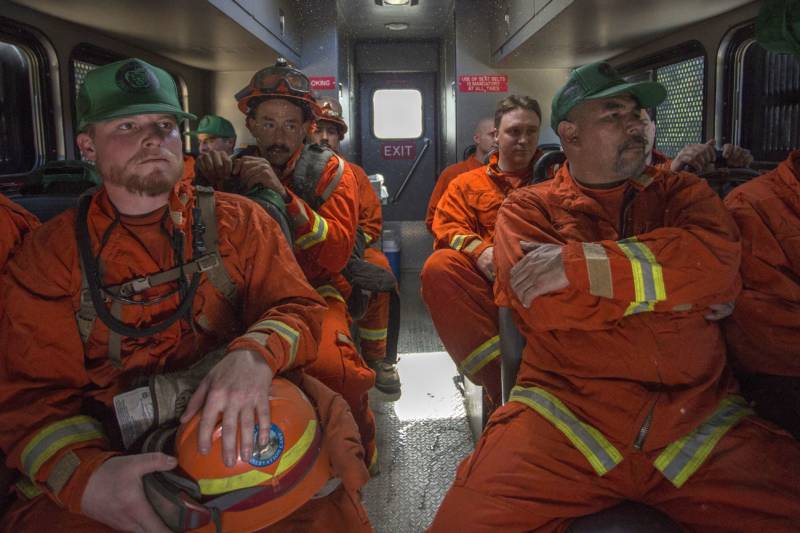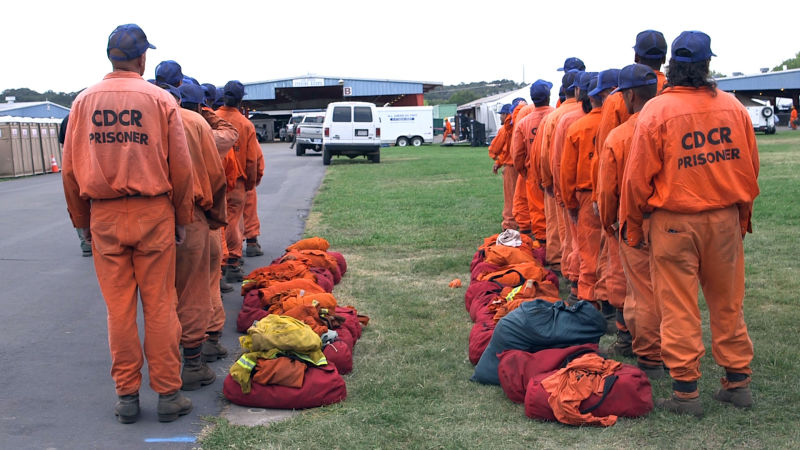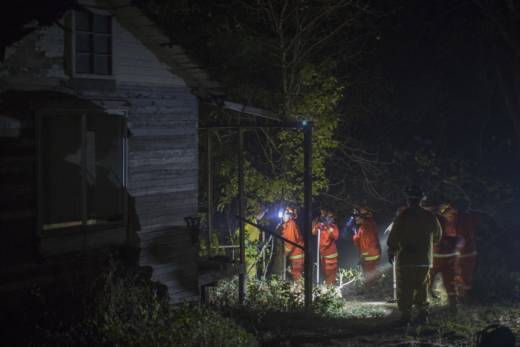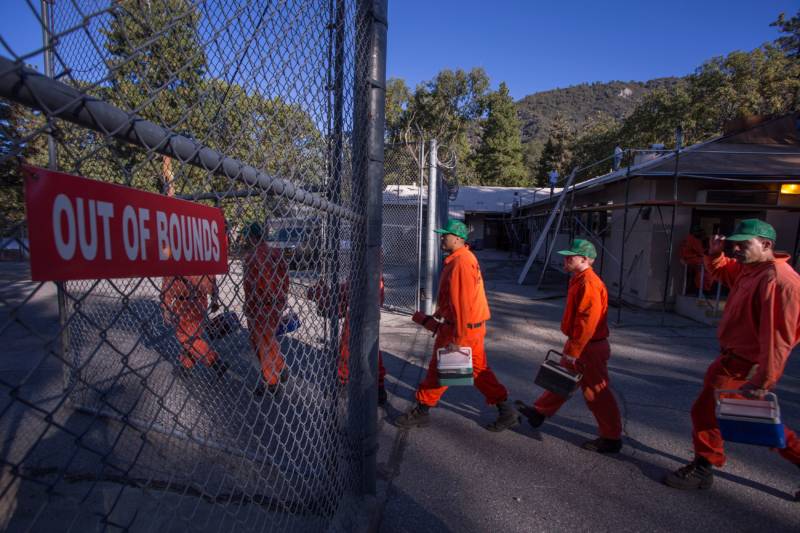More than 650 inmates from California's state prison system are currently battling the Pocket, Tubbs and Atlas fires in the North Bay.
In all, that means about 7 percent of the 9,500 firefighters working those fires are inmates.
The California Department of Corrections and Rehabilitation's Conservation (Fire) Camps program is made up of about 3,800 state prison inmates who are minimum-custody inmates deemed a low safety risk.

"All of the inmate firefighters are volunteers," said CDCR spokesman Bill Sessa. " We also look for certain attributes that we know are critical for them to be able to work on a fire crew: whether they are willing to join in and work as a team, obey rules, be disciplined and be responsible."
The inmates get firefighting training, and when working on wildfires mostly do a sort of valuable grunt work -- like creating containment lines. The prisoners mostly operate in groups of 12 and are led by an expert firefighter from Cal Fire. They carry about 60 or more pounds of gear, including axes, chainsaws, food and other supplies.

The first inmate crews to the Tubbs Fire in Sonoma County and Atlas Fire in Napa and Solano counties worked for 72 straight hours.

